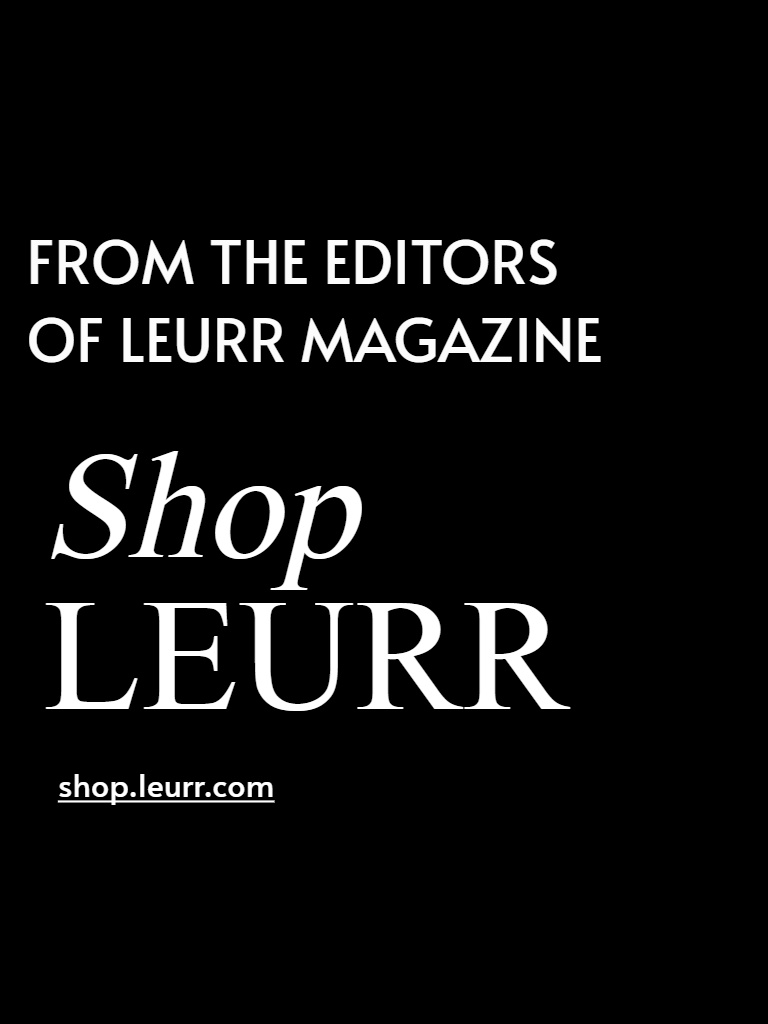Gender-bending outfits, a throwback music, and an Adidas collaboration: Here are five things to know about Gucci’s Adidas-Splicing AW22 Show.
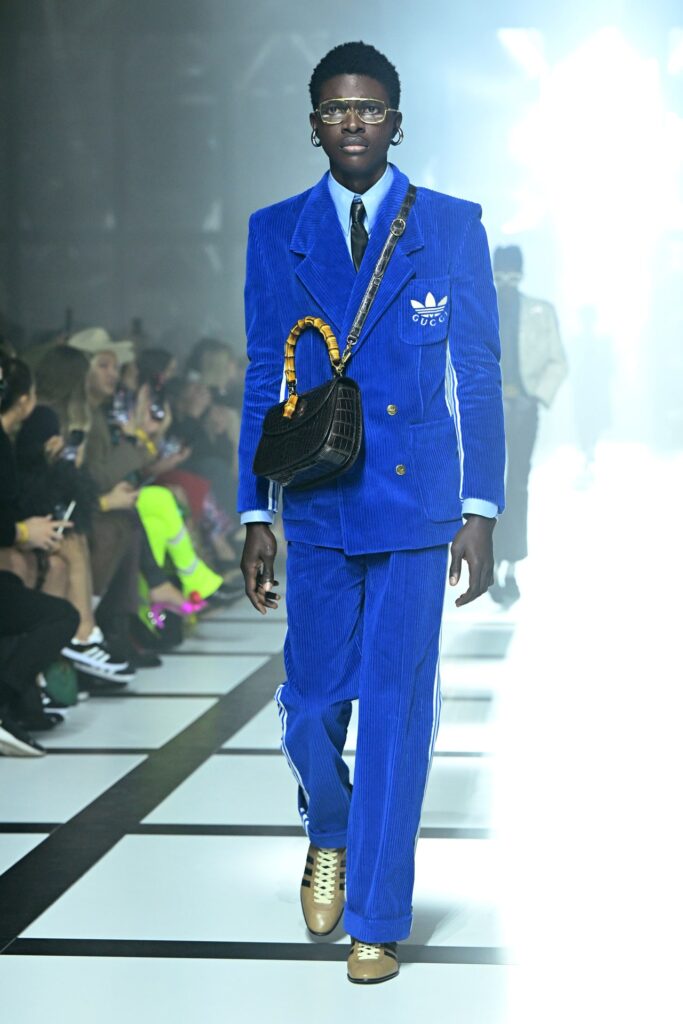
The focus of the show was on menswear.
1/5
Alessandro Michele returned the Gucci show to the Milan schedule this season after announcing his hiatus from seasonality during the epidemic. However, this did not imply a return to the rules. Guests at the brand’s offices in Via Mecenate were shown a collection nearly entirely made up of men’s designs during a fashion week focused to womenswear. When it comes to Gucci, those labels are, of course, completely unnecessary. “I thought it would be interesting, especially now that we’re so open to dialogues. I like to do things in a different way. It’s funny and spontaneous,” Michele said after the show. “Seven years ago, I came here with a men’s collection, and the reaction was that I had ‘invented’ gender fluidity,” he continued – talking about the first collection he worked on for Gucci.
“I wanted to give a specific image of masculinity. My vision is broad. Men have opened the dialogue with the feminine world, but women also like men’s suits, and vice versa.”
Michele’s history at Gucci is very gender-focused, but as he illustrated this season, his objective isn’t necessarily to create things ‘unisex,’ but rather to eliminate any conventions surrounding what women, and especially men, can and can’t wear.
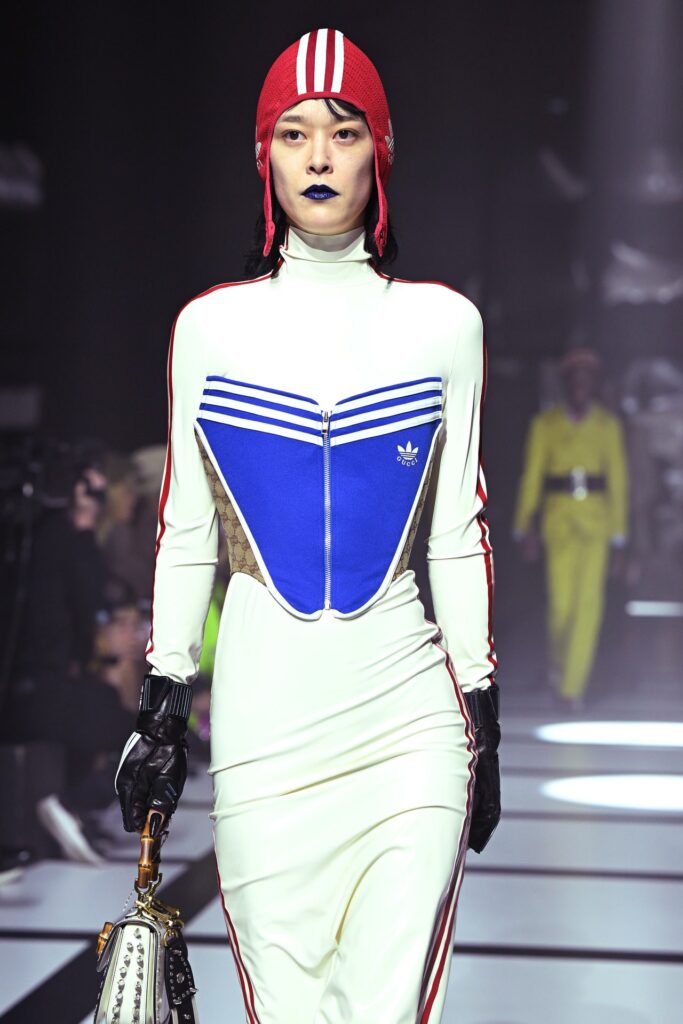
It included an Adidas partnership.
2/5
Michele’s formative tapestry would have been inevitably influenced by Adidas, whose effect on notably European sportswear in the 1970s and 1980s would have been unavoidable.
He goes on to say “Adidas introduced elegance in sportswear. I was thinking about men’s suits and tracksuits and sportswear, and tried to interpret it my way. The result might seem easy but the idea is really powerful,”.
And that wasn’t a hyperbole. While marrying sartorial and sporty codes – such as the fitted sportswear hybrids and athletic evening gowns on Michele’s catwalk – isn’t new in fashion, Adidas’ European heritage set these styles apart from the typical American sportswear we see in design. Michele’s Adidas components had a very traditional gangster vibe to them, what with his huge chequerboard and stripy lurex suits, lavish jacquard jackets, and all those logos and checks. There was just something so retro-Euro-’80s about these mixtures that captured the simplicity by which our region absorbed American trends in the 1980s, utilizing our own labels.
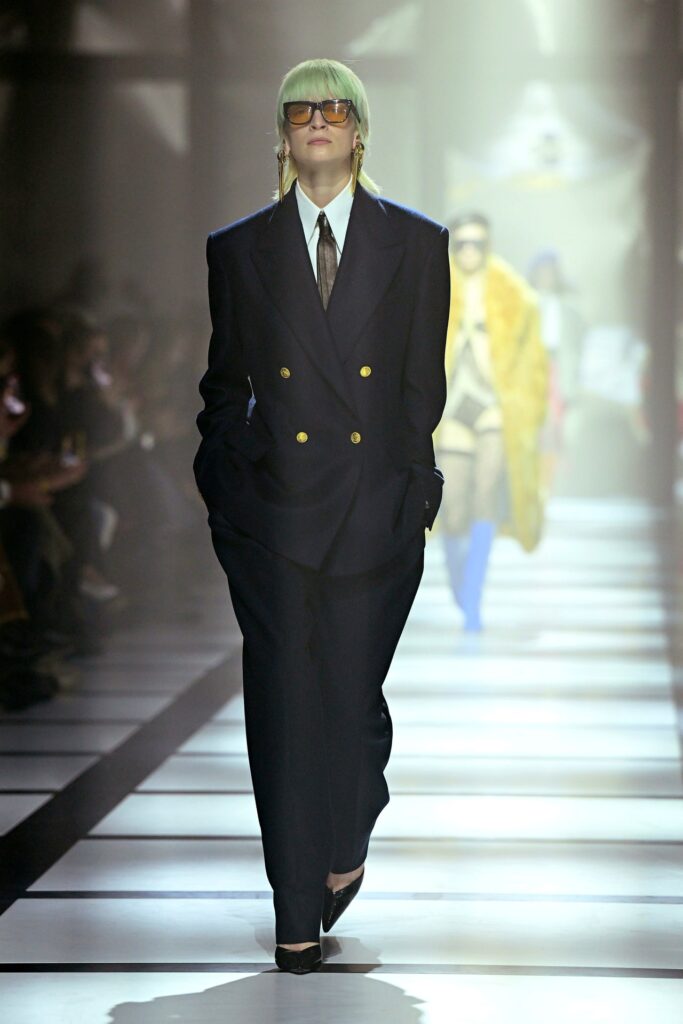
It was a tribute to Michele’s refusal to conform to gender norms.
3/5
Michele used distorting mirrors to cover his runway room as a metaphor of how the garments we wear may change how we see ourselves physically and mentally.
“I use codes that are reflected in my own mirror. They help me to see how clothes can be corrupted. I shrink them, I expand them, I stretch them, and they become conveyers of messages about what we want to be in the world,” he explained.
He started the exhibition by outfitting a female model in stiletto and a stereotypically masculine suit, allowing the suit’s amplified density to drape around the body and effectively change her physical look. Almost every look after that followed suit, with shape-shifting shoulders, nipped-in waists, and lengthened or cropped trousers. The fitted outfit remained an attractive feature for metamorphosis throughout.
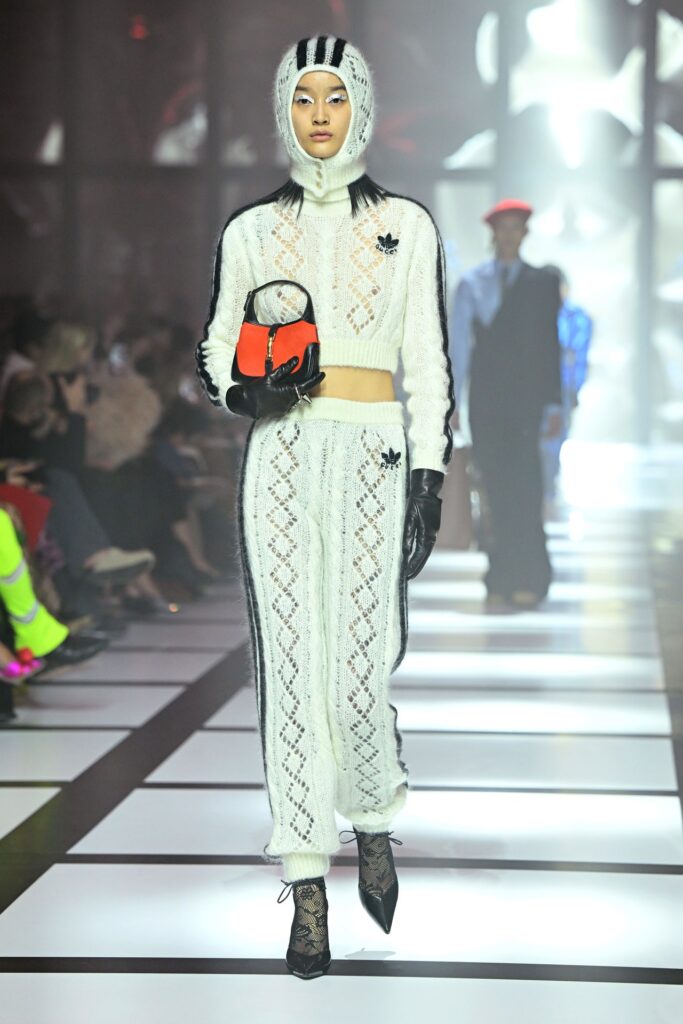
The Adidas and Gucci emblems were blended in the accessories.
4/5
Some really amazing accessories materialized among the abundance of impressions that hit Michele’s runway – lighted with clubby strobe lights and scored with a nostalgic but epic soundtrack that included “Smalltown Boy” by Bronski Beat and “Fade to Grey” by Visage – Spikes, studs, and Adidas stripes echoed Gucci’s own on large shopping bags with bamboo handles. A genderless stereotype was provided by laced riding boots with huge gold buttons down the side. And, from baseball caps to swimming caps and berets, headwear embossed with the Adidas logo capped off practically every ensemble, confirming the ’80s sensibility that pervaded the show.

Michele’s obsession with retro remakes resumed with this collection.
5/5
Michele remarked of his Adidas plans, “What you have seen is only an experiment, a never-ending process.” “The plan was to use sportswear to crack some codes.” I saw a photo of Madonna from 1983 in which she was dressed in an Adidas dress that had never been produced by the company, but had been created by a curator. This is now quite common — fashion has left the atelier – but I was thinking about the kaleidoscope of things you see on the street when I saw this photo.” Michele has long been interested in the ready-made, having previously collaborated with Dapper Dan, a Harlem designer who was responsible for many of the ‘curated’ trademark pieces that surfaced in the 1980s in the style of Madonna’s Adidas dress.
Putting these brands on a luxury runway, like Virgil Abloh’s collaboration on Nike’s Air Force 1 trainers for Louis Vuitton last year, is a way for high fashion to acknowledge the deep-rooted impact of the towns and cities and cultural identities who pioneered the so-called “streetwear” that everyone wears today. It’s critical that these ideas, like ‘gender-fluidity,’ don’t merely end up in a marketing machine. “I am what I am.” On the latter, Michele agreed, saying, “It’s not a marketing operation.”

